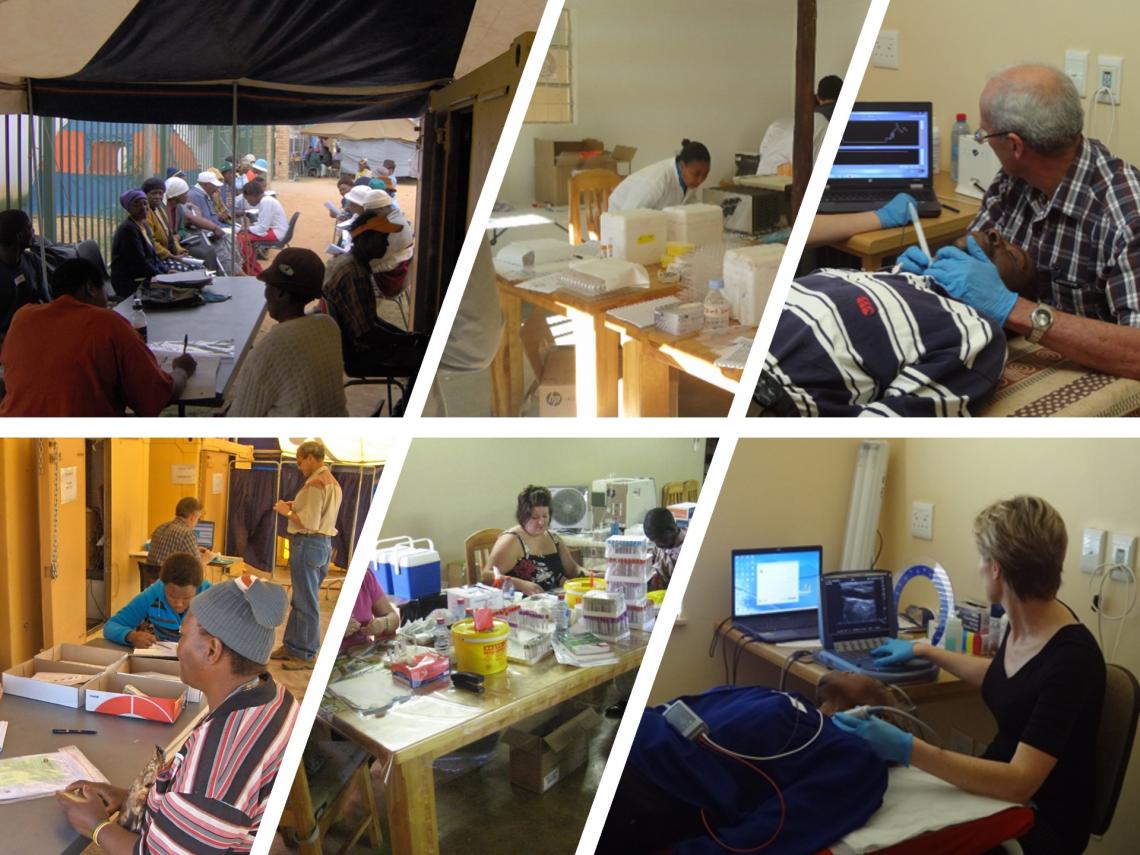The PURE study
Current PI of South African-leg: Prof Cristian Ricci
Supervisor for HART: Prof Yolandi Breet
The Prospective Urban and Rural Epidemiology (PURE) study is a large-scale epidemiological study designed to examine the relationship of societal influences on human lifestyle behaviors, cardiovascular risk factors, and incidence of chronic noncommunicable diseases. The study included data from approximately 140,000 individuals residing in >600 communities in 17 low-, middle-, and high-income countries around the world. Individual data collection included medical history, lifestyle behaviors (physical activity and dietary profile), blood collection and storage for biochemistry and future genetic analysis, electrocardiogram, and anthropometric measures.
South Africa is one of the middle- to upper-income countries included in the PURE study as South Africa suffers from a high prevalence of non-communicable diseases such as cardiovascular disease, along with a large proportion of the population suffering from a burden of diseases such as HIV/AIDS and TB, high maternal and child mortality as well as a high level of violence and injuries.
The South African leg of the PURE study included, self-identified Setswana speaking black men and women older than 30 years. A stratified random sample from 6 000 randomly selected households in distinct rural (n=1 006) and urban (n = 1 004) communities were included. The urban stratum was defined as people living in established townships and informal settlements in close proximity to a major city while the rural stratum was defined as people still living under tribal law ≥ 50 km from urban centers. Baseline data were collected in 2005 (n = 2 010) and follow-up data in 2010 (n = 1 282) and 2015 (n = 924). Data was gathered pertaining to demographics, anthropometrics, nutrition, mental health as well as physical activity. Extensive cardiovascular (office blood pressure, central haemodynamics, arterial stiffness, vascular ultrasound and electrocardiography) and biochemical profiles (extended lipid profile, glycaemic markers, haemostatic, inflammation, oxidative stress, as well as kidney-and liver function) were also determined. Incident mortality data is available for all 2 010 participants over a 13-year follow up.
Top research articles from the PURE-SA study:

